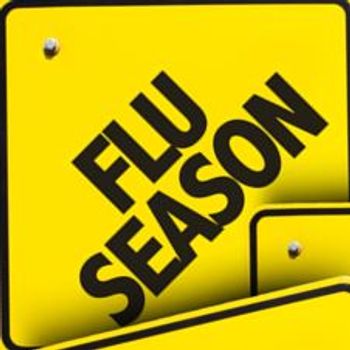
FDA Approves Itvisma, First Gene Therapy for Older Children and Adults With Spinal Muscular Atrophy
Novartis's Itvisma gains FDA approval as the first intrathecal gene therapy for spinal muscular atrophy, promising improved motor function and independence.
The US FDA has approved Novartis's Itvisma (onasemnogene abeparvovec-brve) for the treatment of spinal muscular atrophy (SMA) in patients aged two years and older with a confirmed mutation in the SMN1 gene. The approval establishes Itvisma as the first gene replacement therapy delivered intrathecally for this patient population. It is uniquely designed to address the genetic root cause of SMA with a single, one-time fixed dose that does not need to be adjusted for age or body weight.
The approval is significant as the therapy is designed to address the genetic root cause of SMA by providing a functional copy of the SMN1 gene, which has been shown to improve motor function and offers the potential to reduce the need for chronic treatments.
“The FDA’s approval of intrathecal onasemnogene abeparvovec is a game-changing advance, expanding the use of transformational gene replacement therapy for SMA across age groups,” John W. Day, MD, PhD, Professor of Neurology and Pediatrics, Director, Division of Neuromuscular Medicine at Stanford University School of Medicine, and Co-Director of Stanford’s Neuro IGNITE Center, said in a press release. “This achievement is not only a significant step forward for SMA – it also signals new possibilities for the broader field of neurological disorders and genetic medicine.”
Dr. Day's assessment is substantiated by the robust clinical data that underpinned the agency's decision.
Efficacy and Safety Data
The FDA approval is based on data from the Phase III STEER study and supported by the Phase IIIb STRENGTH study. In these trials, Itvisma demonstrated statistically significant improvements in motor function and stabilization of motor abilities, effects not typically seen in the natural progression of the disease. These effects were sustained over a 52-week follow-up period.
The safety profile was consistent across both studies. The most common treatment-emergent adverse events were:
- STEER Study: Upper respiratory tract infection and pyrexia.
- STRENGTH Study: Common cold, pyrexia, and vomiting.
The therapy's novel intrathecal administration route is anticipated to provide greater independence for individuals living with SMA.
“This new route of administration for a single dose of gene replacement therapy can mean so much more than what is measured by numbers on a functional motor scale – it could mean greater independence and freedom in activities of daily life,” Kenneth Hobby, President, Cure SMA, said in a press release. “The SMA disease landscape has dramatically changed over the last six years, when the first gene therapy was approved. This is another welcome advancement, and it represents real progress in expanding access for many older patients and addressing the unmet needs that remain in our community.”
References
- Itvisma® (onasemnogene abeparvovec-brve). Prescribing Information. Novartis Gene Therapies, Inc.
- Proud C, et al. Neuromuscul Disord. 2025;(53):0960-8966.
- Clinicaltrials.Gov. STRENGTH Study Results. https://clinicaltrials.gov/study/NCT05386680. Accessed November 2025.
- Anderton RS and Mastaglia FL. Expert Rev Neurother. 2015;15(8):895–908.
- National Organization for Rare Disorders (NORD). Spinal Muscular Atrophy. https://rarediseases.org/rare-diseases/spinal-muscular-atrophy/. Accessed November 2025.
- Lorson CL, et al. Hum Mol Genet. 2010;(15):111-8.
- Cure SMA. State of SMA 2024 Report. https://www.curesma.org/wp-content/uploads/2025/04/State-of-SMA-Report2024_vWeb-4.pdf. Accessed November 2025.
- Cure SMA. Address the Unmet Needs of Children and Adults with Spinal Muscular Atrophy. https://www.curesma.org/wp-content/uploads/2024/08/NIH_SMA_Research_FactSheet.pdf. Accessed November 2025.
Newsletter
Enhance your clinical practice with the Patient Care newsletter, offering the latest evidence-based guidelines, diagnostic insights, and treatment strategies for primary care physicians.



























































































































































































































































































